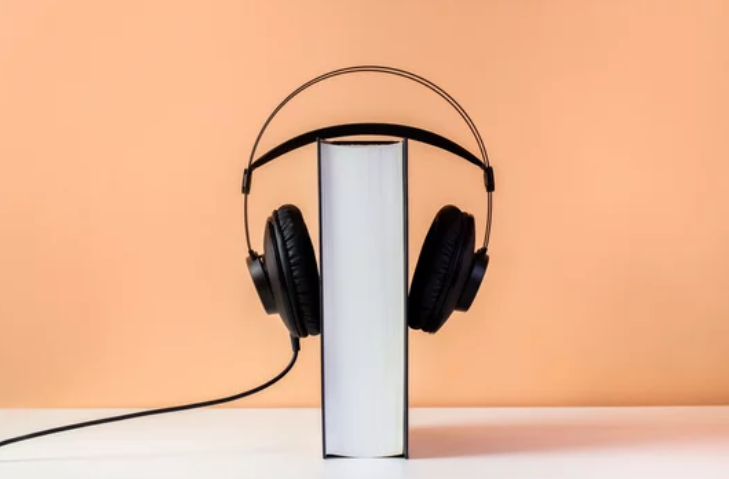Integrating music and song into literacy instruction is a dynamic approach that enhances a child’s reading, writing, and comprehension skills. This method is engaging and effective for students of all ages. In this blog post, we’ll explore how music and song can be utilized to develop literacy, provide practical examples, and discuss the benefits of this innovative approach.

Check out our Free English/Literacy Worksheet Generators
The Connection Between Music and Literacy
Music and language share fundamental elements like rhythm, pitch, and tone. These elements can be leveraged to improve literacy skills. Engaging with music helps children develop phonological awareness, which is crucial for reading and writing. Phonological awareness involves recognizing and manipulating sounds in spoken language, helping children understand that words are composed of smaller sound units.
Research indicates that early exposure to music positively impacts reading skills. Songs with rhymes, clapping, and repetition can aid in recognizing language patterns, enhancing memory, and expanding vocabulary. Additionally, music makes learning enjoyable, which can reduce anxiety and boost motivation.
Using Music to Teach Phonological Awareness
1. Rhyming Songs and Games
Rhyming is an essential component of phonological awareness. Songs like “Twinkle, Twinkle, Little Star” and “Mary Had a Little Lamb” include rhymes that can be used to teach this skill. Encourage children to sing along, clap to the rhythm, and identify rhyming words. Creating new verses by altering rhyming words can further reinforce this skill.
2. Syllable Clapping
Clapping along with songs helps children recognize syllables. For example, clapping to the rhythm of “Bingo” helps children break down words into syllables. Syllable clapping games, where children clap out the syllables in their names or familiar words, are effective for developing an understanding of word structure.
3. Alliteration and Tongue Twisters
Songs and chants using alliteration (repetition of initial consonant sounds) and tongue twisters can develop phonemic awareness. For instance, singing “Peter Piper picked a peck of pickled peppers” helps children focus on the initial sounds in words, making this an engaging way to practice phonics.
Enhancing Vocabulary Through Song Lyrics
1. Thematic Songs
Selecting songs that align with specific themes or topics can introduce new vocabulary. For example, “Old MacDonald Had a Farm” teaches animal names and sounds. Discussing the lyrics and asking children to describe the animals can reinforce new vocabulary.
2. Word Mapping
Create word maps on the board highlighting key vocabulary from song lyrics. Children can brainstorm synonyms, antonyms, and related words to expand their understanding. This activity can be extended by using new vocabulary in sentences or stories.
3. Creating Song Lyrics
Encourage children to write their own lyrics to a given melody. This activity not only reinforces vocabulary but also allows children to experiment with language and rhyme, enhancing both their writing and creative skills.
Developing Comprehension Skills Through Music
1. Analyzing Song Lyrics
Select songs with meaningful lyrics and discuss the content with students. Analyze the main idea, characters, and emotions expressed in the song. This activity enhances comprehension and encourages critical thinking.
2. Storytelling Through Song
Many songs tell stories. After listening to a song, ask students to retell the story, identify the beginning, middle, and end, and discuss the message. This helps students understand narrative structure and storytelling elements.
3. Connecting Music to Literature
Pair songs with literature to create cross-curricular connections. For example, introduce a song with a theme similar to a story or poem being read. Discussing connections between the song and the literature deepens understanding and improves inference skills.
Try out Free Math and English Worksheet Generators
Incorporating music and song into literacy instruction offers an engaging way to enhance reading, writing, and comprehension skills. Through rhyming songs, syllable clapping, thematic lyrics, and storytelling, educators and parents can create a rich learning environment that supports literacy development. Music not only makes learning enjoyable but also fosters a lifelong love of reading and learning.
Embracing music in literacy education provides an innovative approach that benefits students of all backgrounds and abilities. By using this method, educators and parents can help children develop essential language skills and a passion for learning.